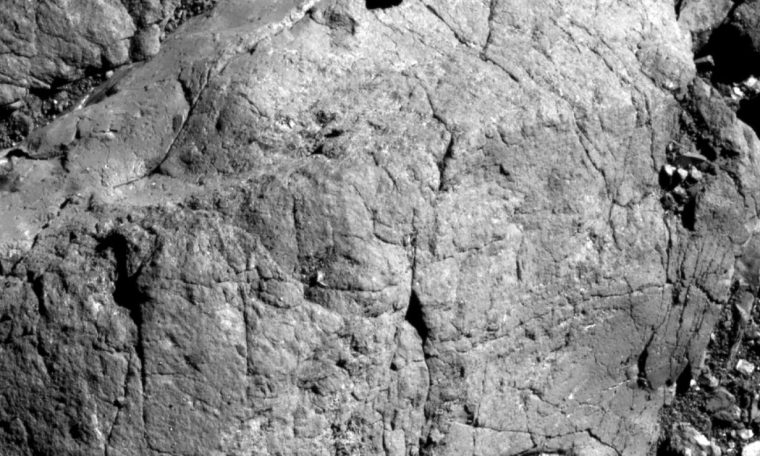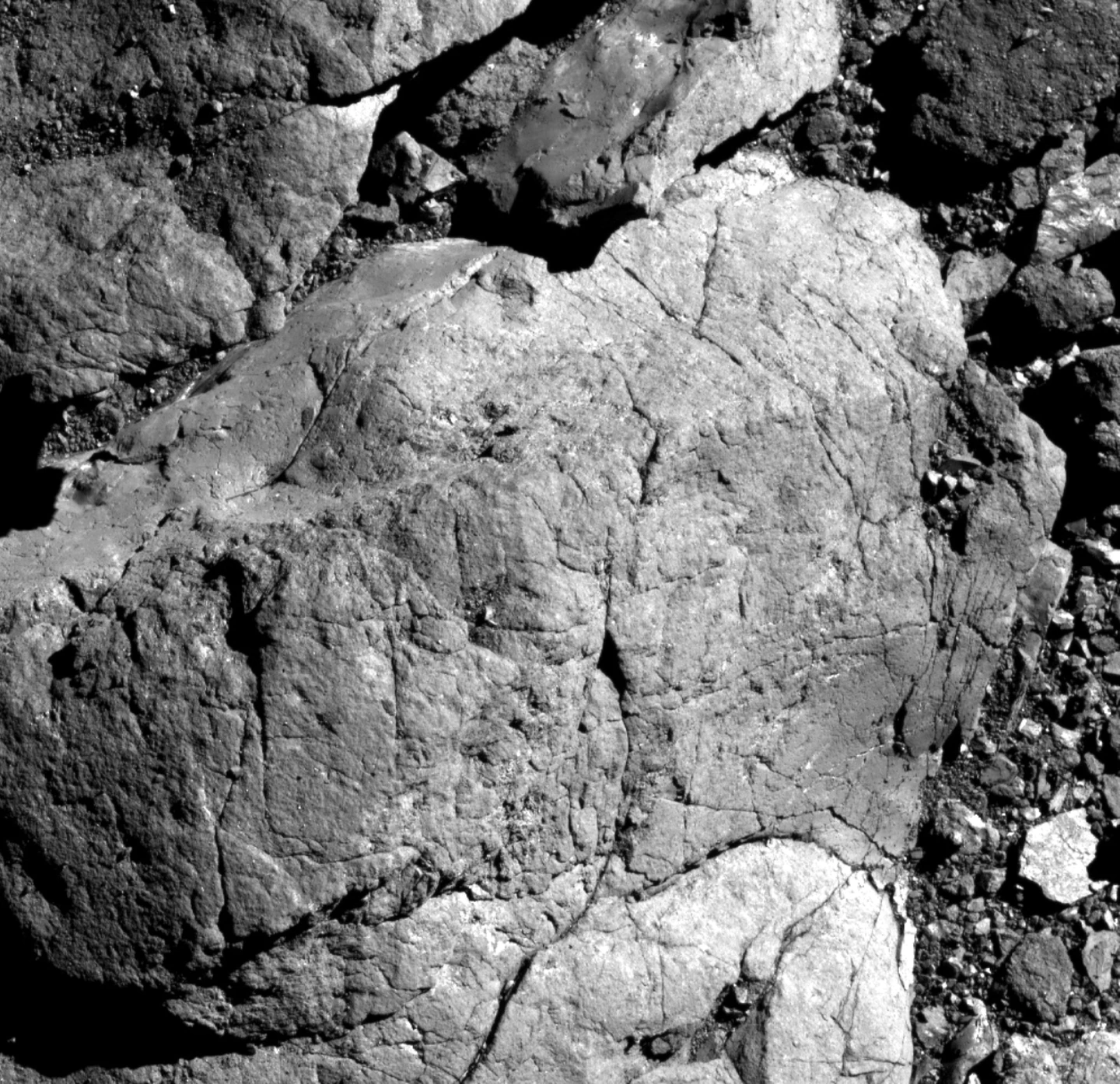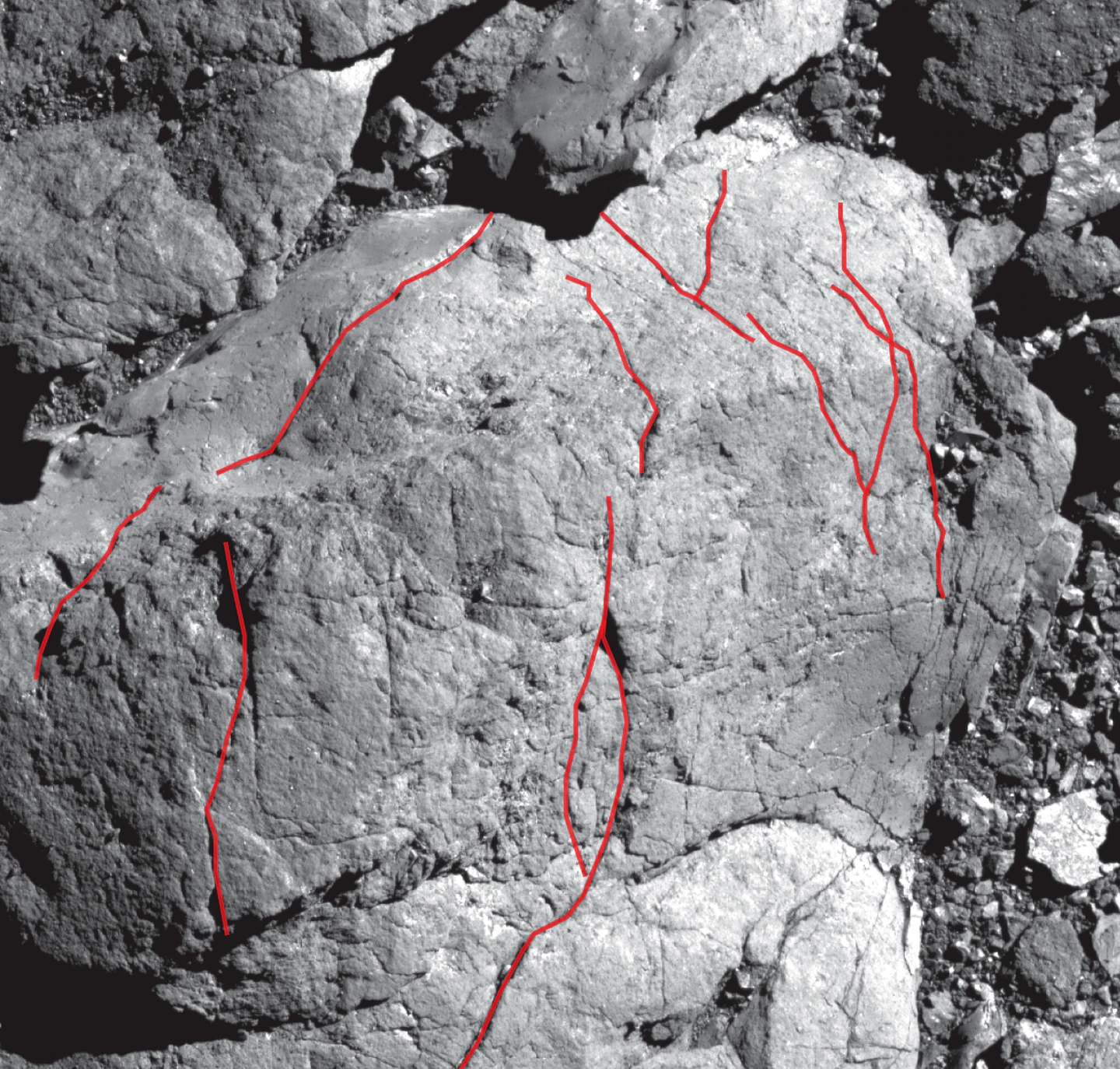
scientists of OSIRIS-REx Mission US Space Agency (NASA) has recently been discovered that surface degeneration occurs much faster on asteroids than on Earth.
By analyzing traces of rocks on asteroid Bennu from high-resolution images taken by the OSIRIS-REx spacecraft, as detailed by NASA, the team found that heat from the Sun breaks down rocks on Bennu in just 10,000 to 100,000 years.
This information will help scientists estimate how long it takes for rocks on asteroids like Bennu to break down into smaller particles that can either be ejected into space or remain on the asteroid’s surface.
Although landslides, volcanoes and earthquakes can change the Earth’s surface suddenly, the changes are usually gradual. Changes in water, wind and temperature gradually break down the layers of rock, forming new surfaces over millions of years.

NASA discovers new details about giant asteroid Bennu
Rapid temperature changes on Bennu create internal stresses that break and break rocks, just as a cold glass breaks under warm water. The sun rises on Bennu every 4.3 hours.
As detailed by NASA, OSIRIS-REx scientists detected cracks in rocks in the spacecraft’s images from early surveys of the asteroid.
The team manually measured the lengths and angles of more than 1,500 fractures on the OSIRIS-REx images.
They found that the fractures occurred mainly in a northwest-southeast direction, indicating that they were caused by the Sun, shown here as the main force changing Bennu’s landscape.
As well as information, the scientists used a computer model and their fracture measurements to calculate the 10,000 to 100,000 year time frame for thermal fractures to spread and split rocks.

Text with information from NASA



